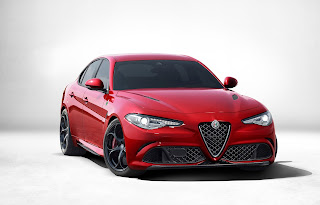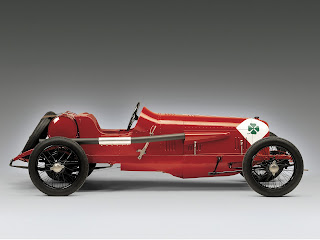Juke-not-a-box hero.
The Juke puts the “fun” in “funky,” making it perfect for those who want
a spry and speedy little runabout that also stands out in traffic. It’s
powered by a 188-hp 1.6-liter turbo four-cylinder with front-wheel
drive; all-wheel drive is optional. Sadly, a CVT is the only available
transmission, which takes some joy out of driving. On the plus side, its
light and informative steering makes it easy to fling around
back-country curves or to jockey for position on a crowded interstate
Quirky. Offbeat. Funky. It seems wherever Nissan’s Juke
goes, those three adjectives seem to follow. And we get it: A
subcompact crossover, the Juke wears its high wheel arches and an even
higher beltline as badges of nonconformist honor, their effect only
amplified by the slivers of side glass, ambiguous rear doors, bulbous
tailgate, and twisted front and rear lamp lenses that rise, blisterlike,
from the body surface. But to write off the Juke as a cheap carnival
trick on wheels would be a disservice.




















